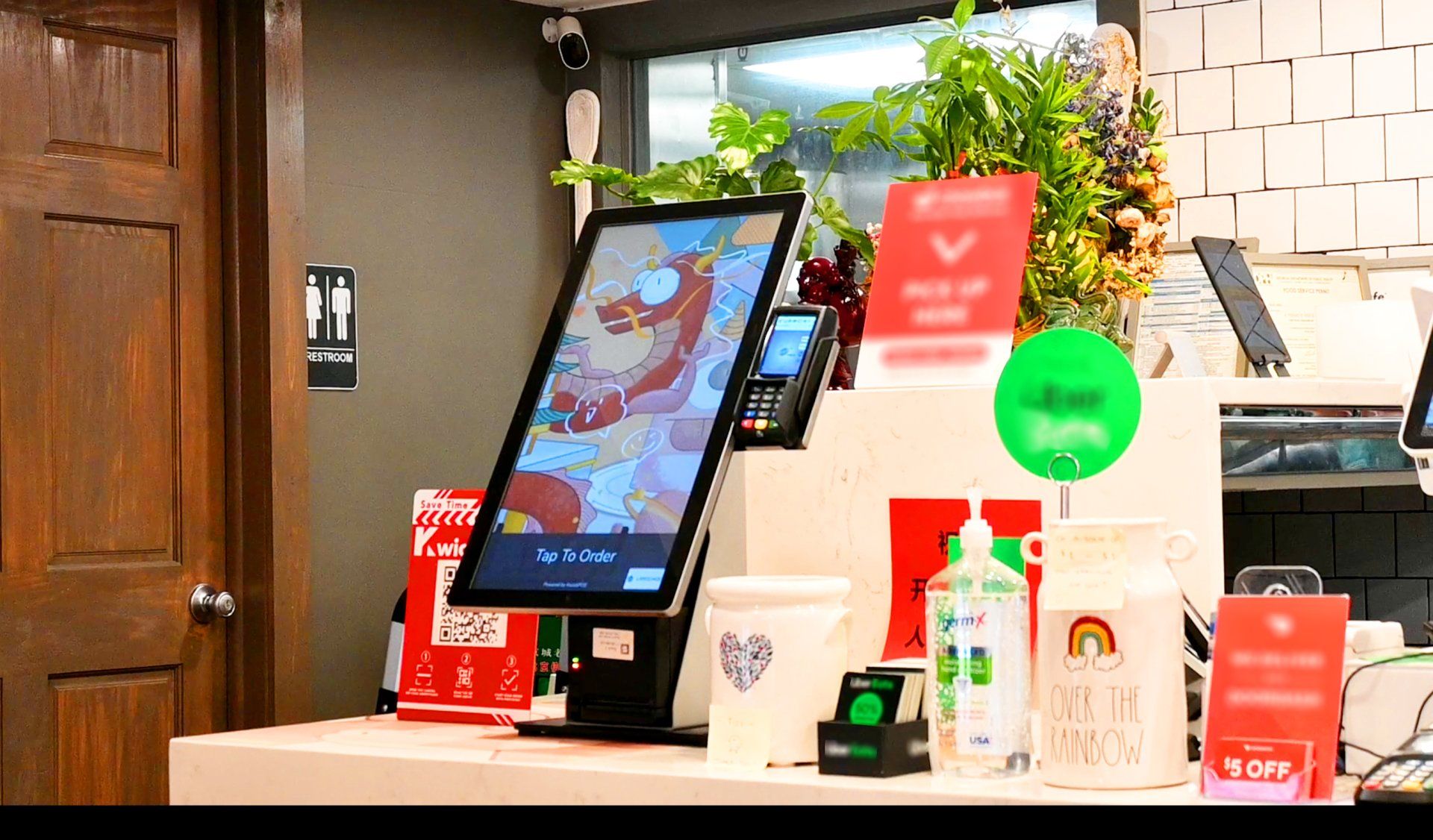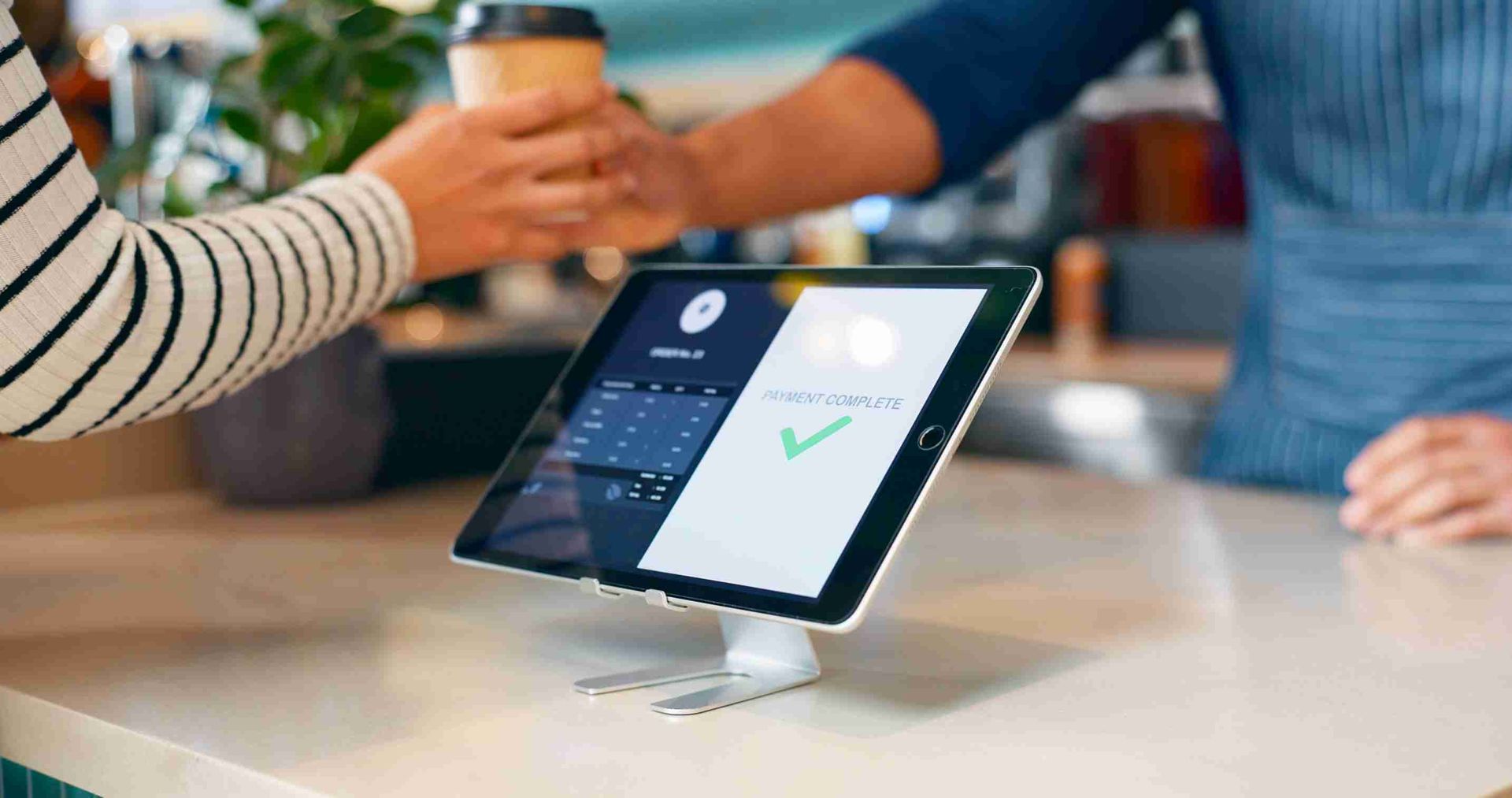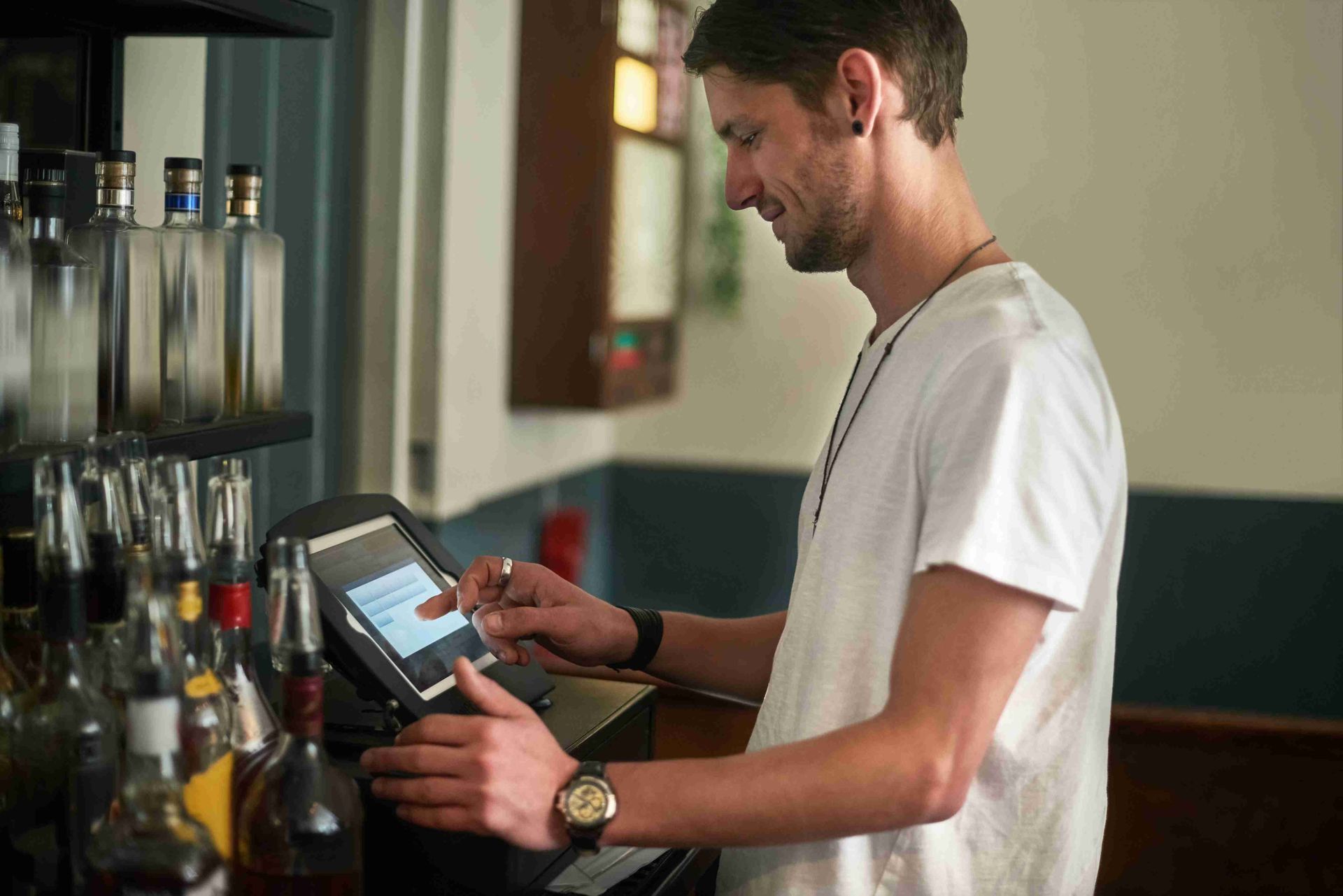ZBS unveils it's Newest Product Line: Restaurant Waitlist and Reservation Systems
DISCLAIMER: This content is for informational purposes only and is not intended to be used as legal, accounting, tax, HR or other professional advice. You are responsible for you and your businesses' legal and regulatory compliance. Contact your attorney, accountant, or any other relevant professional for specific advice related to your own needs and circumstances.
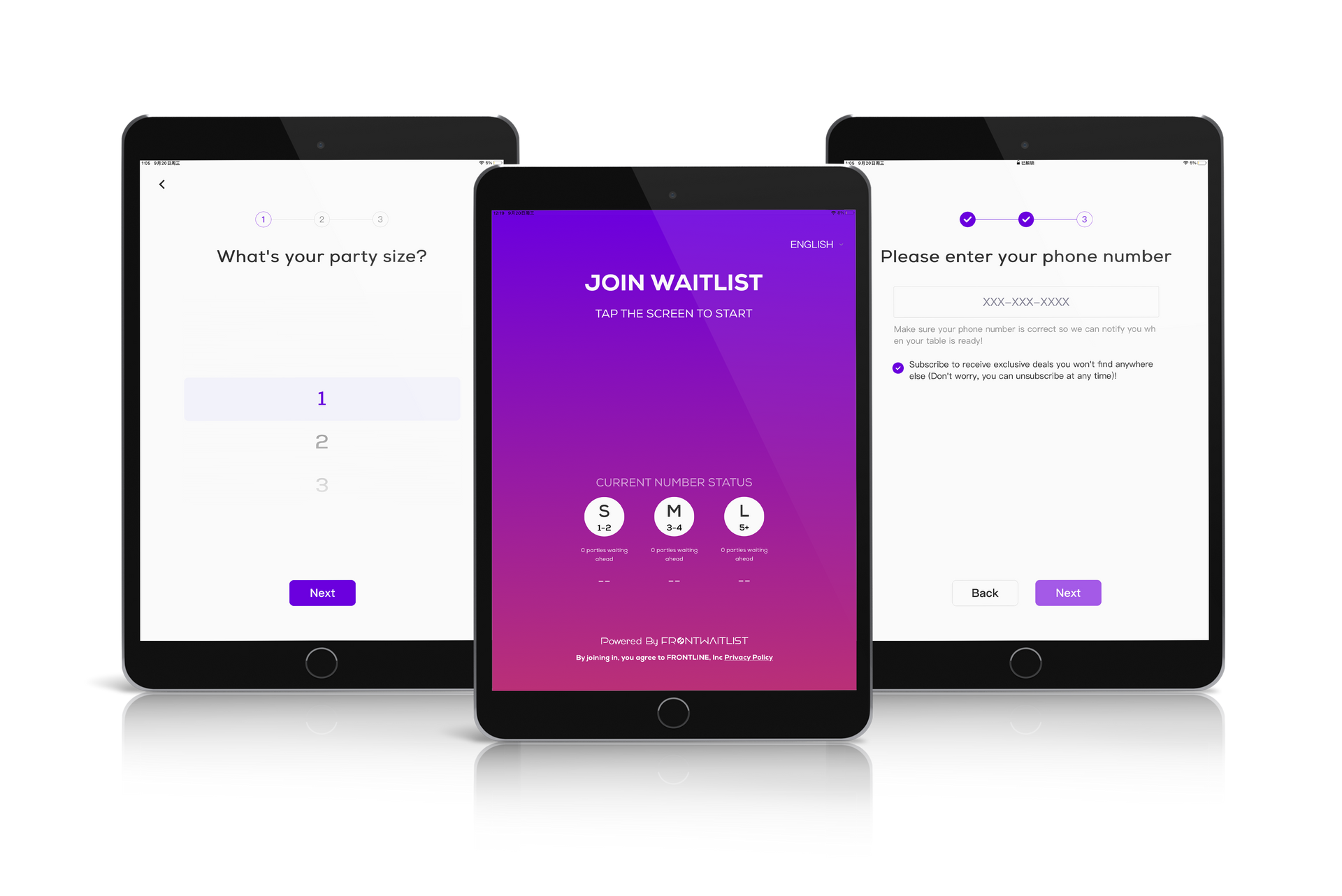
Like all things, technological trends change depending on the needs of businesses or its consumers. Innovation has become the driving force behind many industries, including the restaurant business. As the world is transitioning back to in-person dining, waitlist and reservation systems have been the newest trend for restaurant technology. The traditional methods of managing reservations and waitlists are often cumbersome, leading to frustrated diners and inefficiencies for restaurant staff. Seeing the struggles of many restaurant owners with managing their front of house, ZBS has unveiled its newest product line, Front, with an intuitive waitlist and reservation system.
Birth of a New Product Line
Convenience for both restaurant staff and customers alike has become increasingly important to restaurateurs and their quest for new technology for their businesses. Front, the new restaurant technology line from ZBS, is built to increase efficiency and organization for restaurants and their customers while ensuring practicality in its function.
User-Friendly Waitlist for Guests
Pen and paper recording of waiting parties has been the norm for the restaurant industry since the beginning of time. However, with so much groundbreaking automation being added into the restaurant space, it's only natural for dine-in restaurants to begin automating this process as well. With waitlist systems like Front Waitlist, a host or hostess will be able to track, call back and more accurately estimate wait-times for waiting guests.
Front Waitlist has a simple customer facing application available to be used kiosk-style (via a tablet provided by the restaurant) or to be a scannable QR Code accessible to walk-in guests wanting to be added to the waitlist. Taking a much more self serve approach to adding customers to the waitlist reduces the risk of human error, streamlines service and prevents confusion or misheard table calls. Hosts can view and track all waiting parties via the Front back office APP called Front Tab with the ability to notify customers their table is ready, cancel parties in the waitlist or reinstate them, directly chat with customers via the app or even provide estimated wait times for waiting parties.
Yet, one feature that is unique to Front Waitlist is a little feature on the start interface of the customer facing application. Customers can see how many tables are ahead of them in the waitlist based off of their party size. Guests can also see the current status of their position in the waitlist via a link provided in their waitlist confirmation notification.
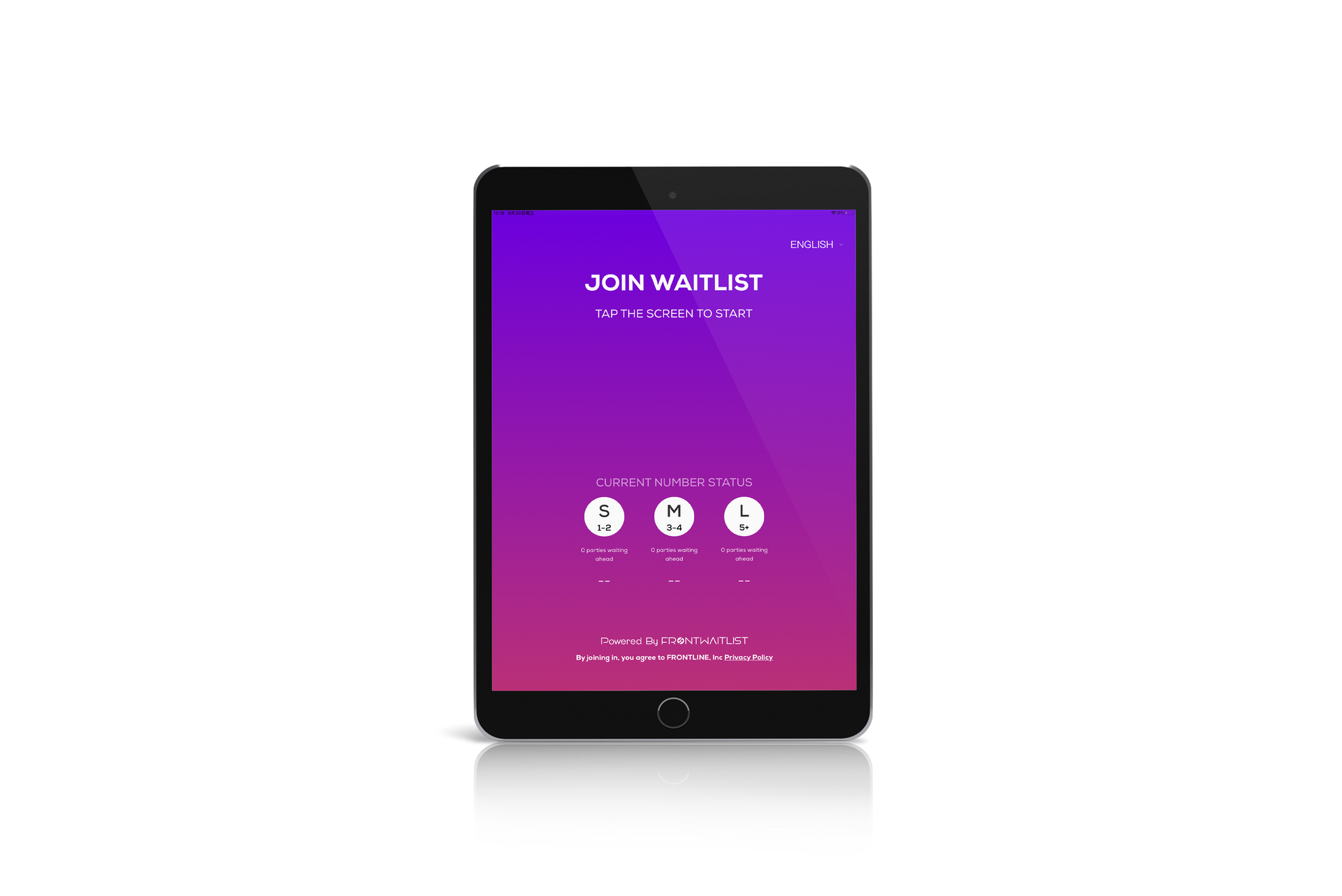
New Ways to Market to Customers
Digitally reserving a spot at your favorite restaurant is not necessarily considered new technology. Being able to reserve via Google Business Profiles or a restaurant's custom website is a convenience that's almost required for any reservation system entering the market. Nevertheless, Front Reserve is a distinctive system as it seamlessly combines said technology with the Front Waitlist system. What is the reason for using these two systems in conjunction with one another then? It is due to the fact that reservations and waitlists are a golden opportunity to collect customer information to cultivate a strong following for your restaurant.
As guests make a reservation or join the waitlist via Front's systems, their information is accessible to restaurant owners for marketing and loyalty program purposes. Outside of information such as name and contact information, Front is able create full customer profiles, automatically create customer tags and provide insights into who is frequently returning to your restaurant and those you could promote your restaurant to to convert them into repeat customers.
While there are many waitlist and reservation systems on the market currently, Front is unique in that it is developed with the help of restaurant owners for restauranteurs via the Front Beta Program.
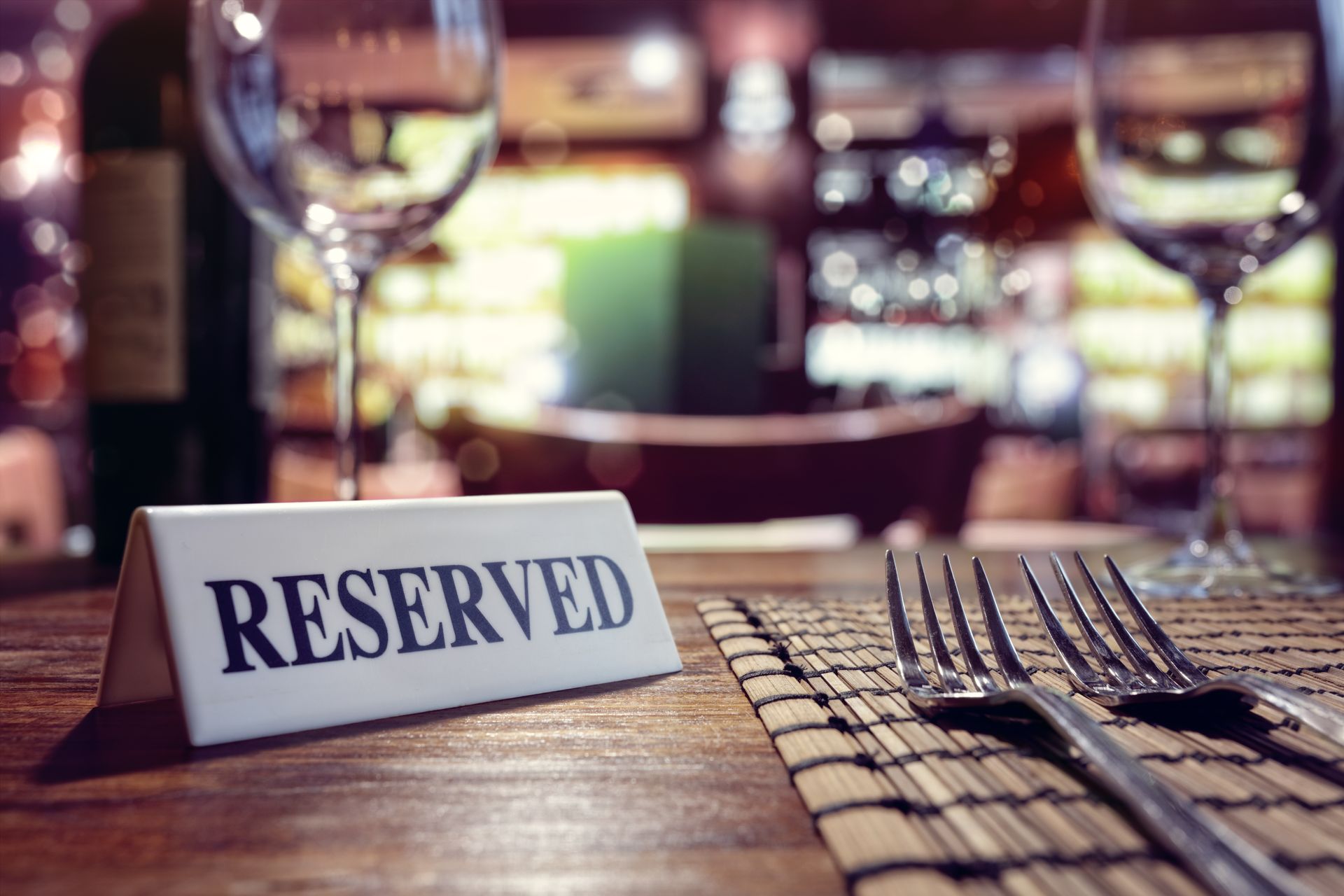
Front Beta Program: The Future is Promising
The Front Beta Program is still on going for the Front Waitlist and Front Reserve products. As these systems are built for restaurants, it was important to ZBS to allow restauranteurs to provide input and feedback into the design, capabilities, and functionality of these waitlist and reservation systems. ZBS is excited to be launching this brand new product and is thankful to all restaurants who have been cooperating with the beta program to help ZBS develop an even better for restaurants of all shapes and sizes.
As a company is minority and immigrant owned and run, ZBS is dedicated to providing the best technology to minority and immigrant owned businesses within the United States. Creating Front is only one of many products offered by ZBS that was built with Asian American and minority businesses in mind. To become a part of this revolution for the new generation of restaurant technology, sign up for the Front Beta Program today.
By Livie Wang
Livie Wang is based in Atlanta, GA and has a background in marketing and branding. With many years of experience in the restaurant and retail industries, she brings forth a personalized view on the issues these industries face. She has been a regular contributor to the ZBS Blog, News and Resource Center since 2021.




